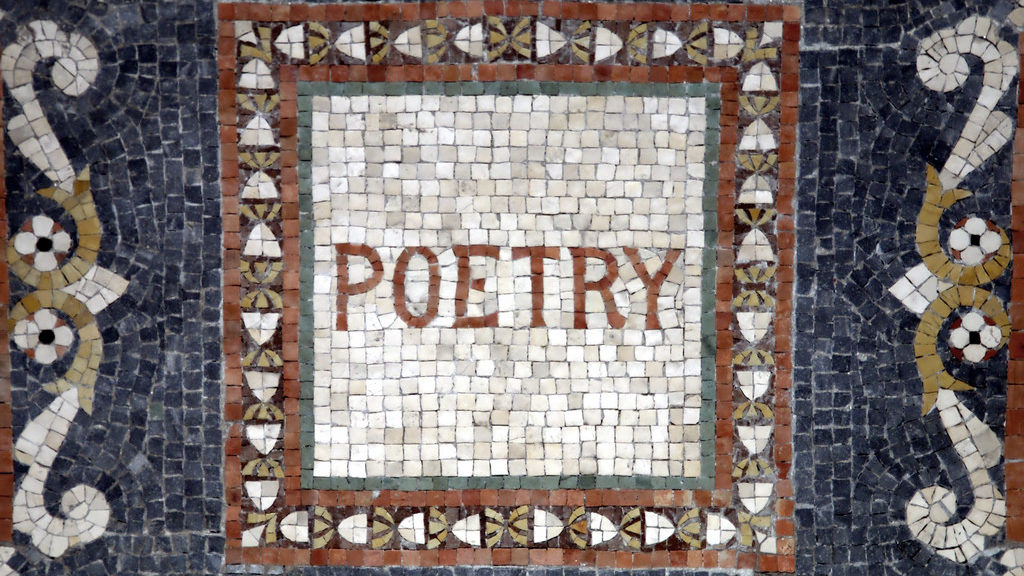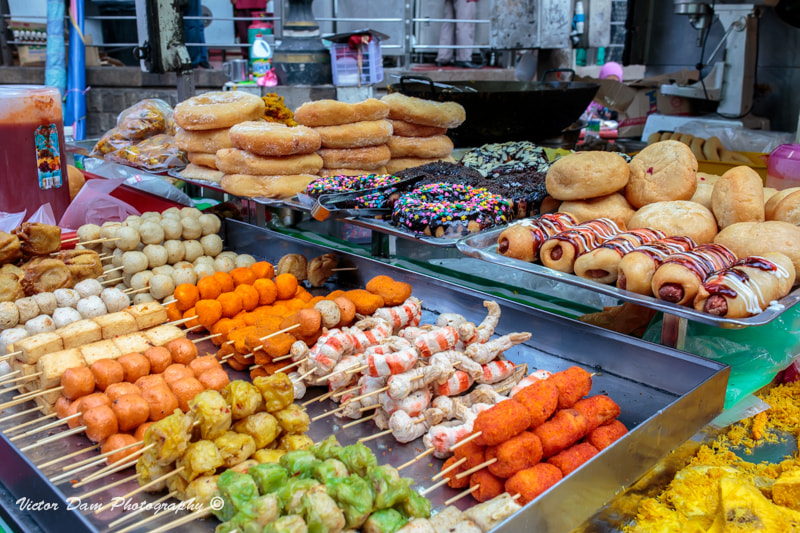By Dimitris Tzoytzoyrakos
In the past several years, nothing has made as much of an impact onto the poetry world as Rupi Kaur’s Milk and Honey. Having sold over one million copies, her collection of poems is actively being discussed, quoted, and plastered all over social media.
I will preface what I am about to say by stating that my opinion is entirely subjective, as it is with all art.
I believe the extreme popularity of Milk and Honey, while partly due to its feminist subject matter, owes much more of its success to its simplistic, minimalist, and easily-accessible form of craftsmanship.
It is never a good idea to say that art should ever be anything. However, one of the great beauties of poetry is its enigmatic or multi-layered nature of words. Unlike music, painting, or film, poetry is the art of words and strictly words. This limitation grants a heavy burden on the poet, as the words that they choose to construct their work could inhabit a territory of many possible meanings, bringing the poem to a certain degree of subjectivity to the reader. This gives the reader a new responsibility: to interpret the poem.
Interpretation is the root of discussion, argument, and understanding in art. It is what brings readers together to expand each other’s field of perspective and build upon their methods of reaching it.
Rupi Kaur’s language in Milk and Honey (for almost its entirety) does not attempt to suggest multiple meanings or take on an interpretive nature. Rather, her poems and their subject matter are very direct and on-the-nose, leaving the message of her poems out in the open for all to see and to collectively understand.
This of course could be a deliberate choice on her end, but it is easy to see how this style of writing limits the discussions to be had on her poetry, as far as their meaning is concerned.



